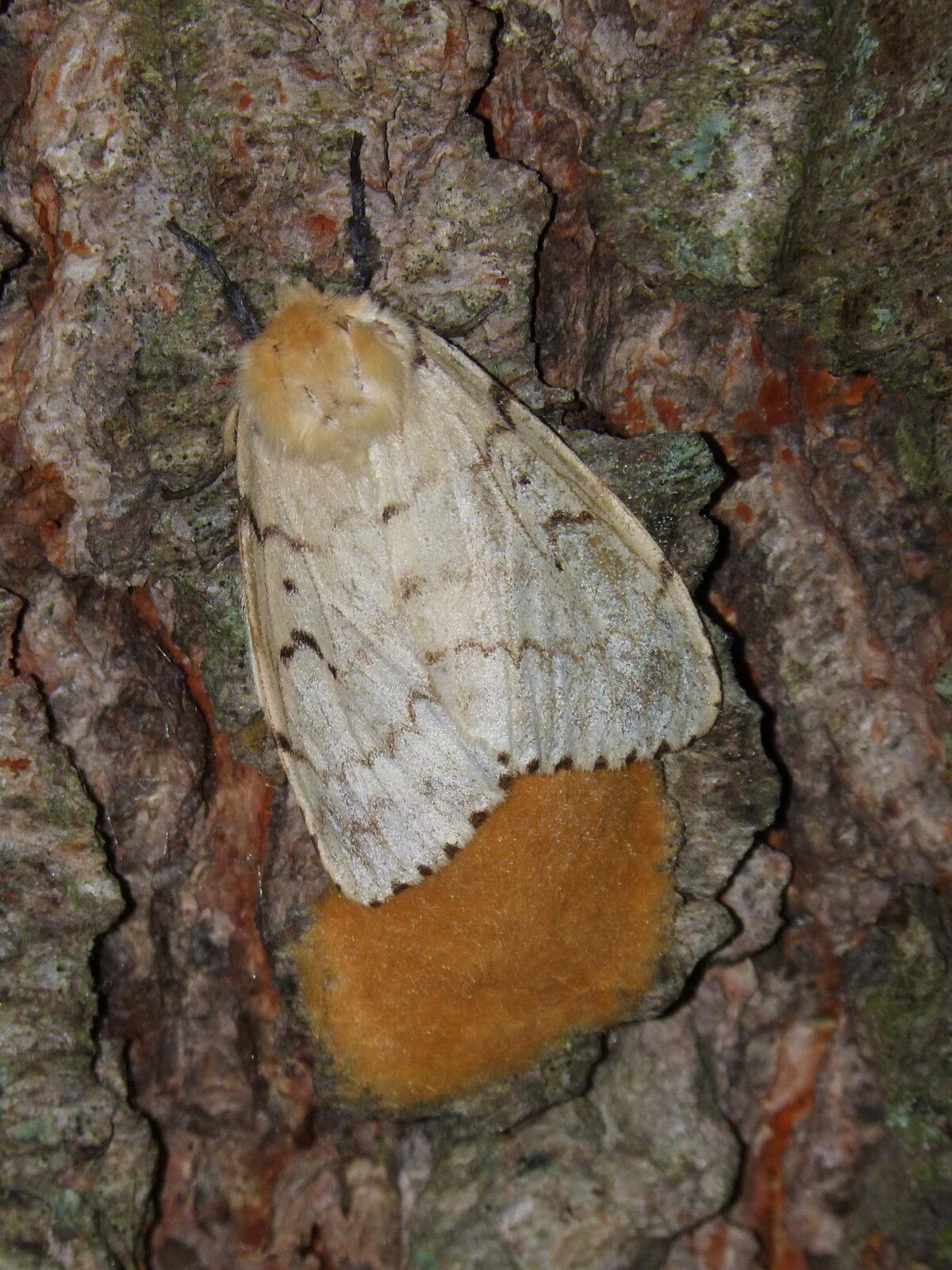Weighing up to 30 kg with a shell up to half a metre long, the Snapping Turtle is Canada’s largest freshwater turtle. Despite their size Snapping Turtles are seldom seen as they often spend the day buried in mud or sand. Pond visitors are more likely to see the non-native Red-eared Slider and perhaps the native Midland Painted Turtle basking on a log in the sun.
Common Snapping Turtle
The common snapping turtle (Chelydra serpentina) is the largest freshwater turtle found in Canada, with a shell length of up to 50 cm (19.5 in.) and weight exceeding 15 kg (33 lb.) Its serpentine neck, massive head, muscular legs, and relatively long tail make it seem even larger. It is estimated that they can live 30 to 40 years in the wild, perhaps even longer.
These turtles consume various aquatic plants and animals, including fish, frogs, birds and small mammals. They are also scavengers, eating dead fish and drowned mammals.
Snappers are generally nocturnal. During the day, they bury themselves into the bottom mud or sand, and wait to for prey to swim by. At night, they usually are more active, foraging and pursuing their food.
Common snapping turtles are defensive if confronted on land, but in the water, they usually slip quietly away from any disturbance. They usually prefer slow-moving water with a muddy bottom and plenty of vegetation; they are found in ponds, lakes, rivers and streams.
Common snapping turtles become dormant during the winter. Quite often, they bury themselves into muddy bottoms of ponds for long periods of time. Mating occurs in the water, usually in early spring, and females begin to migrate toward traditional nesting areas, sometimes traveling more than 10 km (6 mi.) away. Nesting usually occurs from May to June. The females lay white round eggs, and the young usually hatch in September or early October.
Snapping turtles are declining in Canada. While they may live up to 90 years or more, very few survive to adulthood. The snapping turtle is currently listed as Special Concern under the Ontario Endangered Species Act, 2007 and Special Concern under the federal Species at Risk Act (see Snapping Turtle Management Plan 2020). The species has also been designated as a Specially Protected Reptile under the Ontario Fish and Wildlife Conservation Act.
Red-eared Slider
By far, the park’s most abundant breeding turtle is the red-eared slider – the common turtle of home aquariums – released into the park’s ponds when they are no longer wanted as pets. This non-native invasive species is thriving and displacing the native population of Midland painted turtles.
See also
- Turtles in High Park - Part B
- Amphibians in High Park
- Table 3, Amphibians & Reptiles currently on record, 2002 (pdf). Excerpt from 2002 High Park Woodland & Savannah Management Plan
- Ontario Nature - Reptiles and Amphibians
- Turtle News 2014
- Reptiles and Amphibians of Toronto. Toronto Biodiversity Booklets Series
- Citizen conservation efforts, Toronto Star, July 16, 2022























